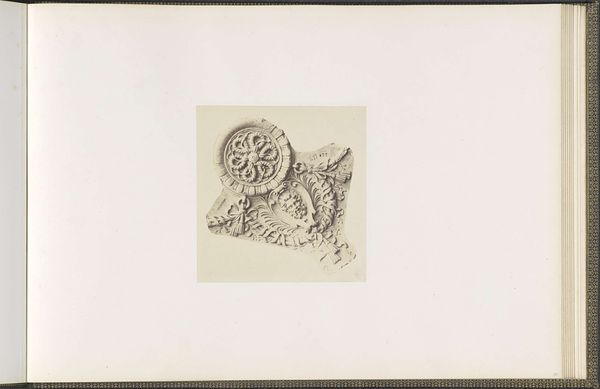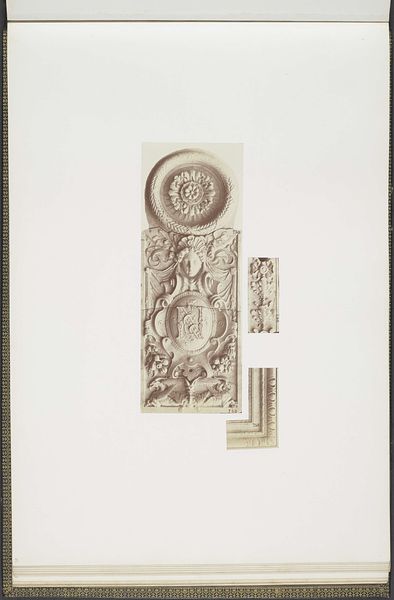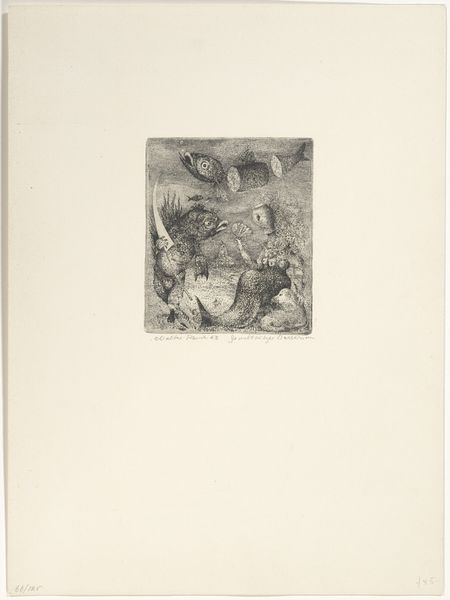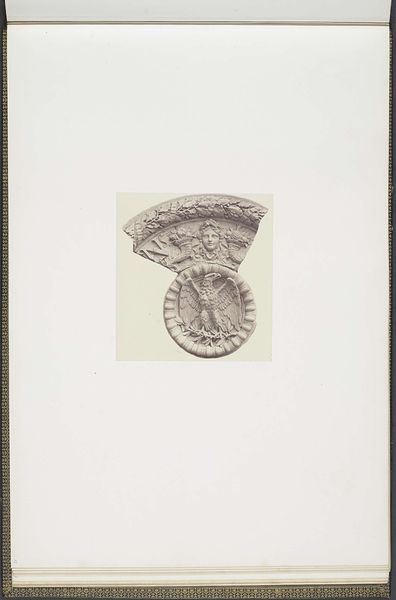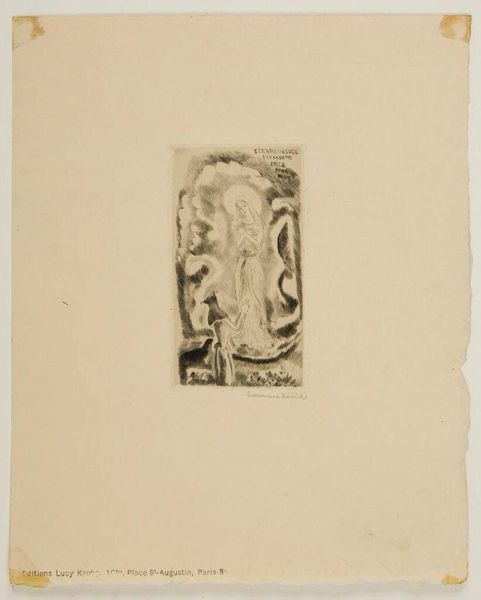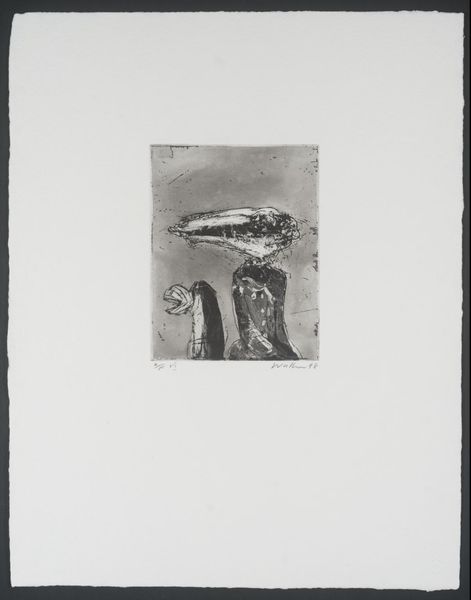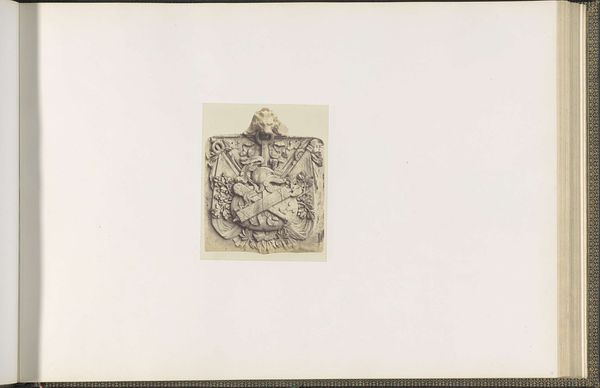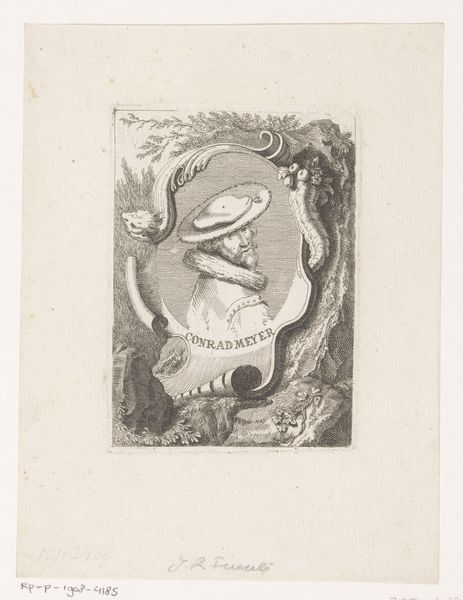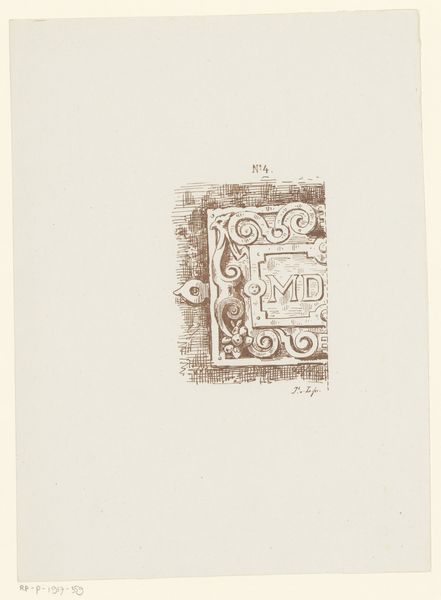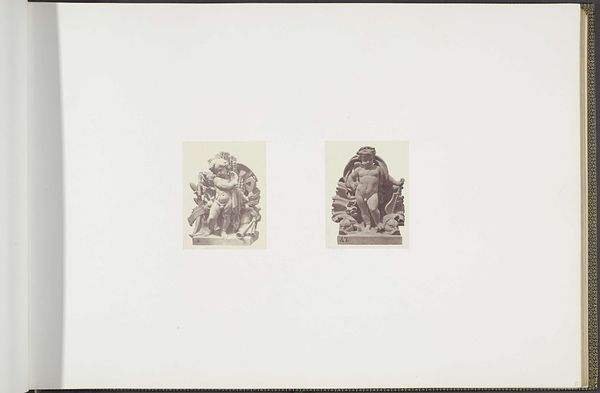
Gipsmodellen voor een versiering van het Palais du Louvre door Leprêtre c. 1855 - 1857
0:00
0:00
edouardbaldus
Rijksmuseum
drawing, pencil
#
drawing
#
classical-realism
#
pencil
#
history-painting
#
academic-art
Dimensions: height 378 mm, width 556 mm
Copyright: Rijks Museum: Open Domain
This photograph by Edouard Baldus captures plaster models intended for the decoration of the Palais du Louvre. Note the meander pattern, also known as the Greek fret, adorning the top edge. It is no happenstance that such a pattern was meant to adorn this palace; its geometric labyrinth form has echoed through time, signifying order and infinity. In ancient Greece, this motif frequently appeared on temples, pottery, and even clothing, symbolizing eternity and unity. We then see it emerge in Roman mosaics and Renaissance frescoes, each time subtly shifting in meaning but retaining its connection to classical ideals. The spiral form at the lower right – a potent symbol of cosmic energy and growth – hints at the psychological depths embedded in these decorative elements, an eternal cycle of creation and destruction, forever echoing within the halls of power. It is a testament to the enduring power of symbols to shape our understanding and emotional connection to the world around us.
Comments
No comments
Be the first to comment and join the conversation on the ultimate creative platform.
